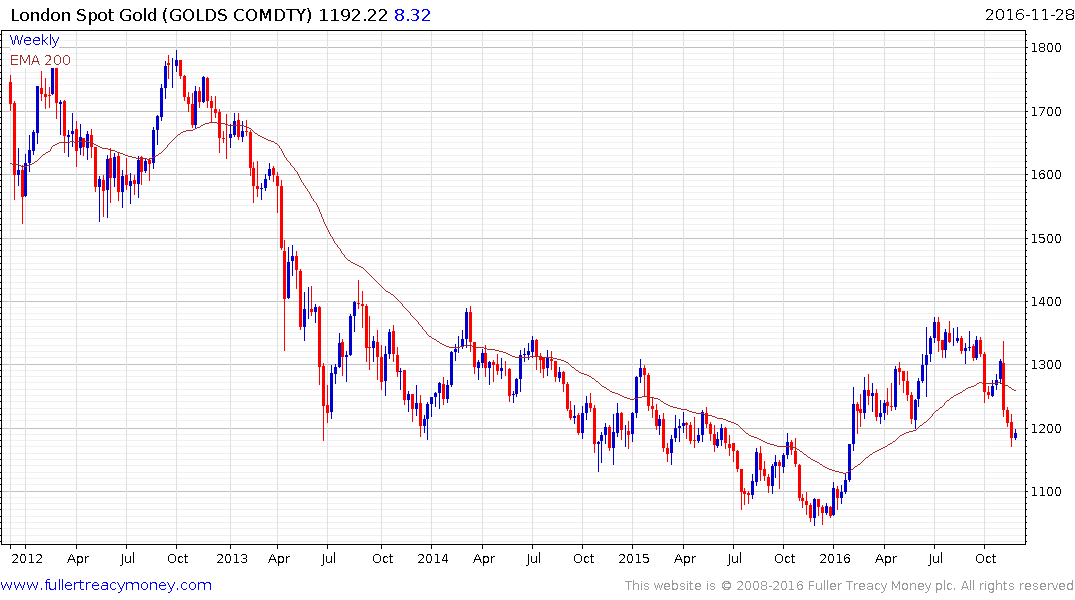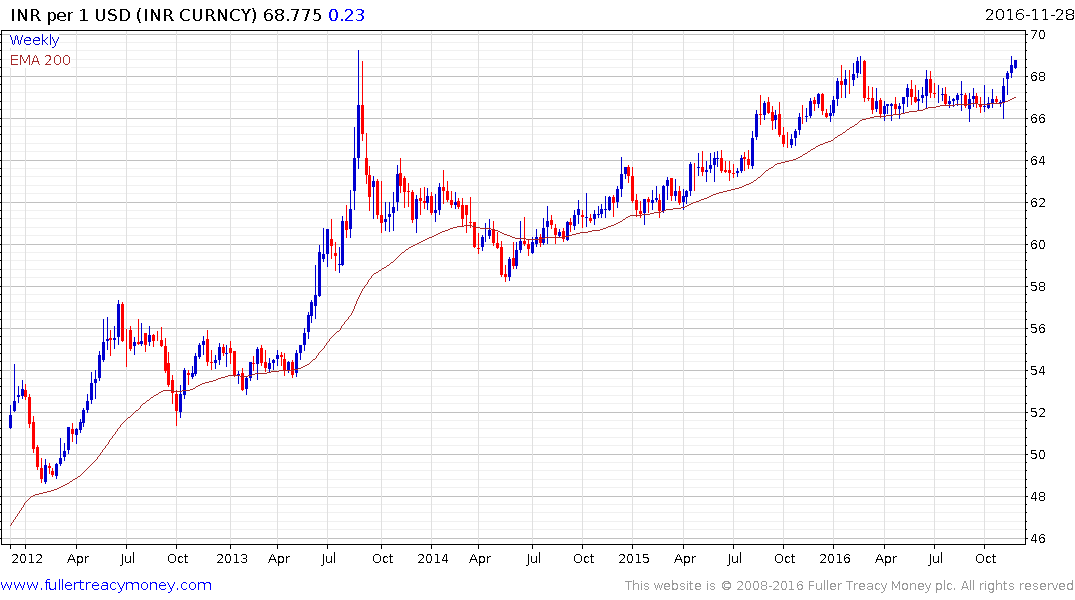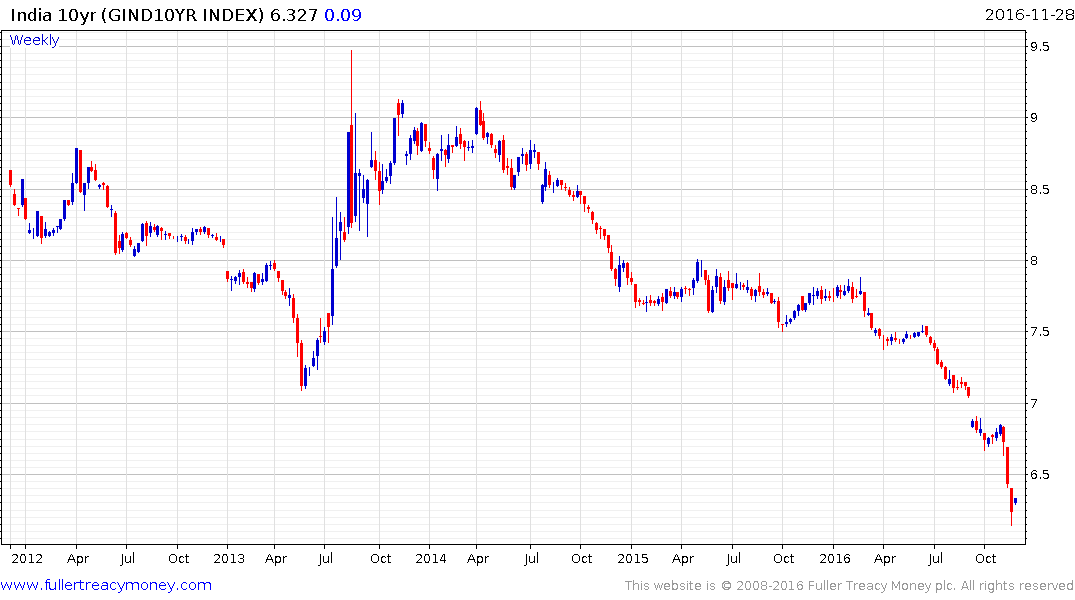Fearing tighter U.S. visa regime, Indian IT firms rush to hire, acquire
This article by Sankalp Phartiyal and Euan Rocha for Reuters may be of interest to subscribers. Here is a section:
Indian companies including Tata Consultancy Services (TCS), Infosys and Wipro have long used H1-B skilled worker visas to fly computer engineers to the U.S., their largest overseas market, temporarily to service clients.
Staff from those three companies accounted for around 86,000 new H1-B workers in 2005-14. The U.S. currently issues close to that number of H1-B visas each year.
President-elect Trump's campaign rhetoric, and his pick for Attorney General of Senator Jeff Sessions, a long-time critic of the visa program, have many expecting a tighter regime.
"The world over, there's a lot of protectionism coming in and push back on immigration. Unfortunately, people are confusing immigration with a high-skilled temporary workforce, because we are really a temporary workforce," said Pravin Rao, chief operating officer at Infosys, India's second-largest information technology firm.
India has benefitted enormously from the offshoring of jobs in the customer service, programming, IT and pharmaceuticals sectors. However a number of these large Indian companies are dependent on ready access to their US based customers so they can offer the best possible service which is why India has tended to dominate H1B visa applications. When headlines such as this one highlight how India got 84% of such visas in 2014 there are very real risks that a more protectionist administration could pose a threat to India’s heretofore comfortable access to Silicon Valley.
A highly experienced India based delegate at last week’s London venue for The Chart Seminar highlighted three primary challenges for India at the present time. One was a more protectionist US administration. Another is the short-term impact of demonetisation while another was the outlook for inflation and the prospect of stress on the border with Pakistan.
There has been a great deal of debate about the impact of demonetization but in essence the rationale for the move comes down to what notes were generally used to pay bribes. In one fell swoop the government has forced a large proportion of the money that was circulating in the black market to either be declared or devalued. In addition there are reports that terrorist activity in Kashmir has declined precipitously since the announcement because a lot of the payments made to fighters were in counterfeit R1000 and R500 notes which are now worthless.
The risk is that by taking such bold action against the cash business growth will be impacted, at least until the effects of the move wash through. Some have predicted it will shave up to 3% from growth this quarter. Some additional concerns have also been voiced about the markets most reliant on cash purchases; namely gold and property. There are already rules about declaring the origin of cash on any real estate purchase above R20,000 but it is difficult to police. This article from The Economic Times highlights how a number of tax loopholes are to be closed to try and stop off-book assets from entering the financial system in the guise of 2016 income.
.png)

A very large question overhanging the gold market is the alacrity with which the Indian authorities will pursue the cash trade in gold. There have been reports that the government is considering a ban on gold imports. Of course that would not mean Indians stop buying gold. It would merely set up a massive black market for the metal and serve to enhance demand because of fears for what the government is going to do with inflation.
Gold prices are testing the psychological R80,000 level while in US Dollars a deep short-term oversold condition is evident.

The new central bank governor has abandoned the stability of the currency, so prized by Rajan, and the Rupee is now testing its lows below INR69. A clear downward dynamic will be required to question potential for additional Dollar strength.
.png)
The Bombay Banks Index found at least near-term support in the region of the trend mean and a sustained move below it would be required to question medium-term scope for additional higher to lateral ranging.
.png)
Meanwhile the Nifty Index is trading below its trend mean and will need to sustain a move above it to signal a return to demand dominance beyond potential for short-term steadying.

Indian government bond yields accelerated to a low near 6.14% and the risk of a reversionary move has increased substantially as a result.


